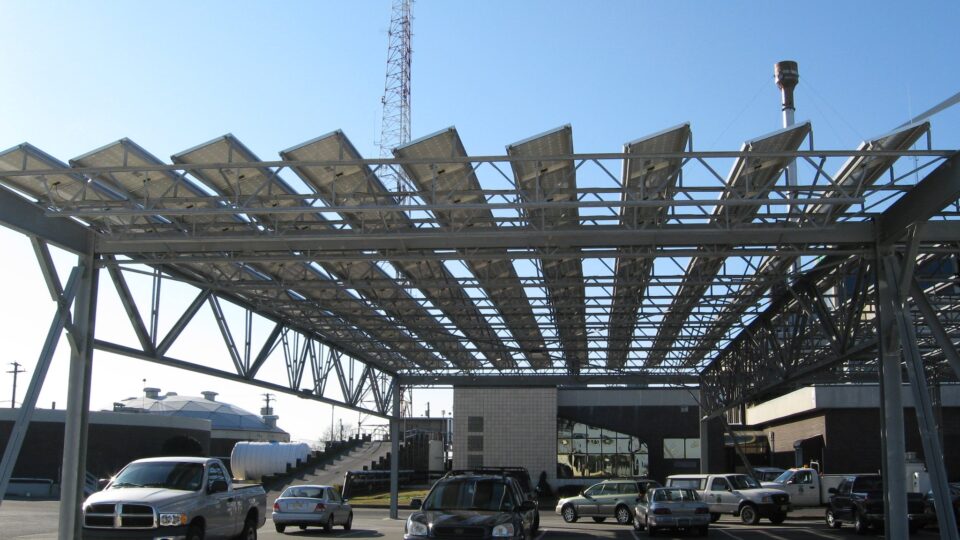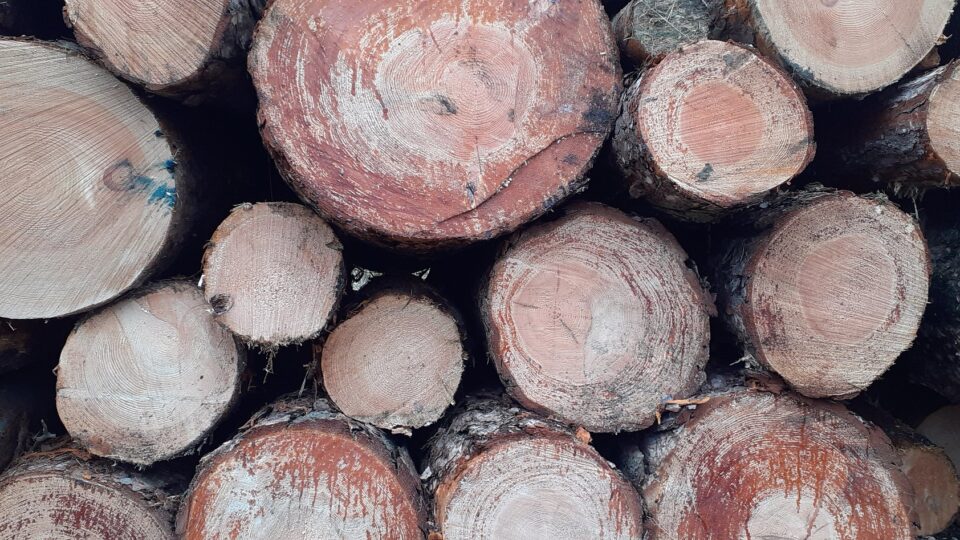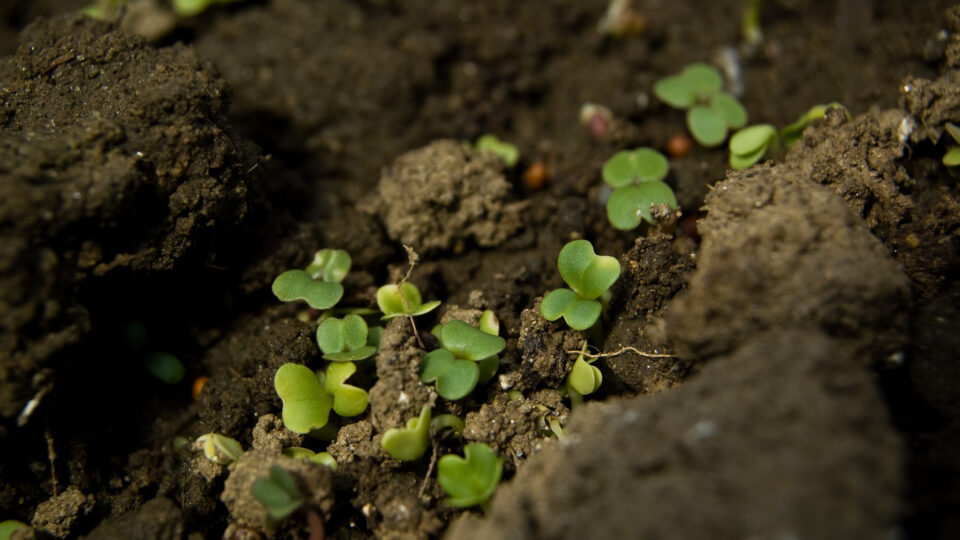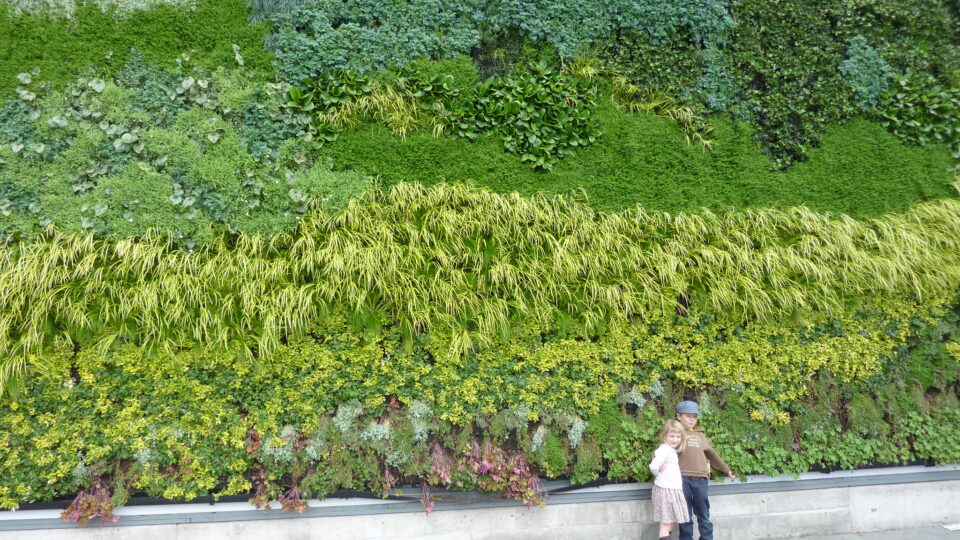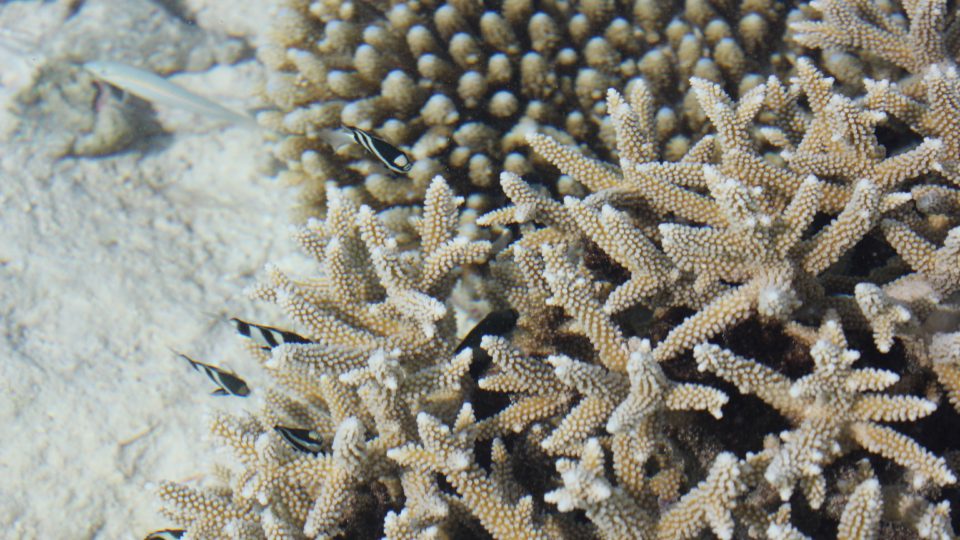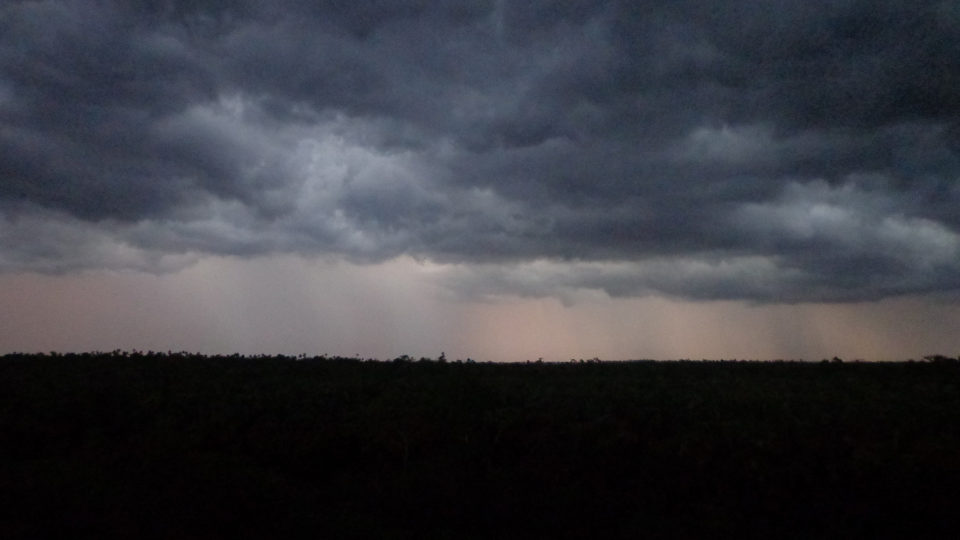The European Union has banned the sale of new gas-powered cars starting in 2035. The vote came after weeks of negotiations related to possible exemptions to the rule.
Germany lobbied for an exemption to be made for cars powered by e-fuels. These are made by combining hydrogen with carbon dioxide that has been removed from the atmosphere using processes powered by renewable energy. Because of this source of the carbon dioxide, such fuels are considered to be carbon neutral. The EU agreed to grant this exemption, so there can be cars that run only on e-fuels after 2035.
About a quarter of carbon emissions in the EU come from transportation. The new law requires a 55% drop in carbon emissions from new cars by 2030. Poland voted against the new law, while Bulgaria, Romania, and Italy abstained. (Italy wanted an exemption for biofuels, but it was not granted).
Here in the US, seven states have adopted rules banning the sale of new gas-powered cars in 2035. These are California, Maryland, Massachusetts, New Jersey, New York, Oregon, and Washington.
California has committed to having 35% of new car sales being zero-emission vehicles by 2026, and the number rising to 68% by 2030.
As these policies proliferate around the world, the auto industry is moving ahead to keep up with them. Most automakers are planning to have substantial parts of their product line be electric by 2030. Given the financial and physical inertia involved in shifting to electric vehicle production, regardless of what happens with policies around the world, there is little possibility of turning back from the electric vehicle transition.
**********
Web Links
EU Approves 2035 Ban on Sales of Gas-Powered Cars
Photo, posted May 31, 2012, courtesy of Mike Norton via Flickr.
Earth Wise is a production of WAMC Northeast Public Radio


